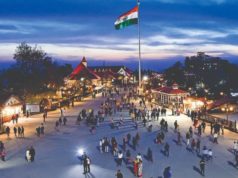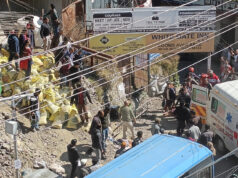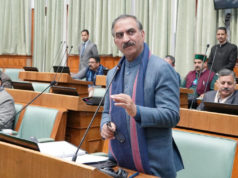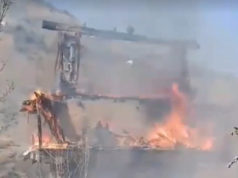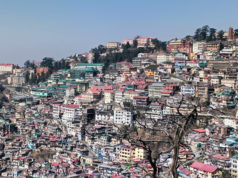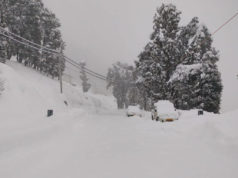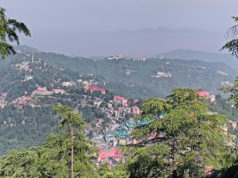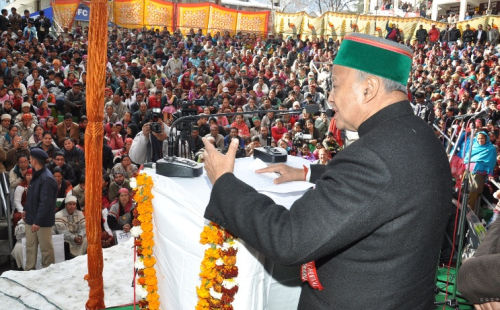Shimla Development Plan Approved, Construction Ban Lifted in Core and Green Areas; Environmentalists Express Concern Over Potential Impact on Green Areas
Population Management Strategies: Counter Magnet Town and Satellite Towns Planned for Shimla’s Future
In a controversial move, the state government has granted permission to resume construction activities in the core and green areas of Shimla city. Following government approval, the Urban Development Department has issued a notification for the Shimla Development Plan, which is set to take effect on July 20. The plan lifts the construction ban that has been in place since November 2017, allowing individuals to construct buildings in these previously restricted areas.
The green areas, designated as no-construction zones since December 2000, will now permit the construction of residential attics with a single floor. However, strict conditions will apply to ensure that no trees are cut down, and construction is limited to vacant land. The green area will be strictly reserved for residential buildings, with commercial construction remaining prohibited.
Likewise, in the core area, which encompasses the region above the circular road, both residential and commercial building construction will be allowed, with a maximum of two floors plus a parking floor and an attic. The height restrictions for residential buildings and commercial complexes in this area will be set at 13 meters.
In the non-core area, situated beyond the circular road, individuals will have the freedom to construct three-story residential buildings, along with separate parking floors and attics for residential purposes. The maximum height allowed for residential buildings will be 16.50 meters, while commercial buildings can have up to four floors with a maximum height of 21 meters.
The Shimla Development Plan also addresses the city’s growing population by proposing a Counter Magnet Town in Jathiadevi, intended to accommodate approximately one lakh residents. Additionally, satellite towns are planned for Fagu, Naldehra, Ghandal, and Chamyana, with each settlement housing a population of eight to ten thousand people. The plan includes the construction of bypass roads and the promotion of a ropeway-based transport system throughout the city.
However, environmentalists have expressed concerns regarding the potential consequences of opening the 17 green belts for construction after a gap of more than two decades. These green belts, spanning a total area of 414 hectares, have long been regarded as the lungs of Shimla. Environmentalists fear that unrestrained concretization in these areas will lead to the loss of Shimla’s precious greenery.
Although the Supreme Court granted permission to notify the Draft Shimla Development Plan on May 3, its implementation has been postponed for a month. The plan’s fate will be deliberated during the court hearing scheduled for July 12. The Draft Shimla Development Plan, also known as ‘Vision 2041’, sets the trajectory for the city’s development over the next two decades.
It is important to note that a previous study conducted in 2013, based on the Environmental Impact Assessment of the green belts, recommended a complete ban on construction activity in Shimla. The report highlighted the rampant haphazard construction, portraying Shimla’s transformation from the “Queen of Hills” into an urban nightmare. Although the decision to permit construction in the green belts was made by the previous BJP regime, it is the current Congress regime that has approved the Shimla Development Plan without commissioning a fresh study or thoroughly evaluating its merits and demerits.



